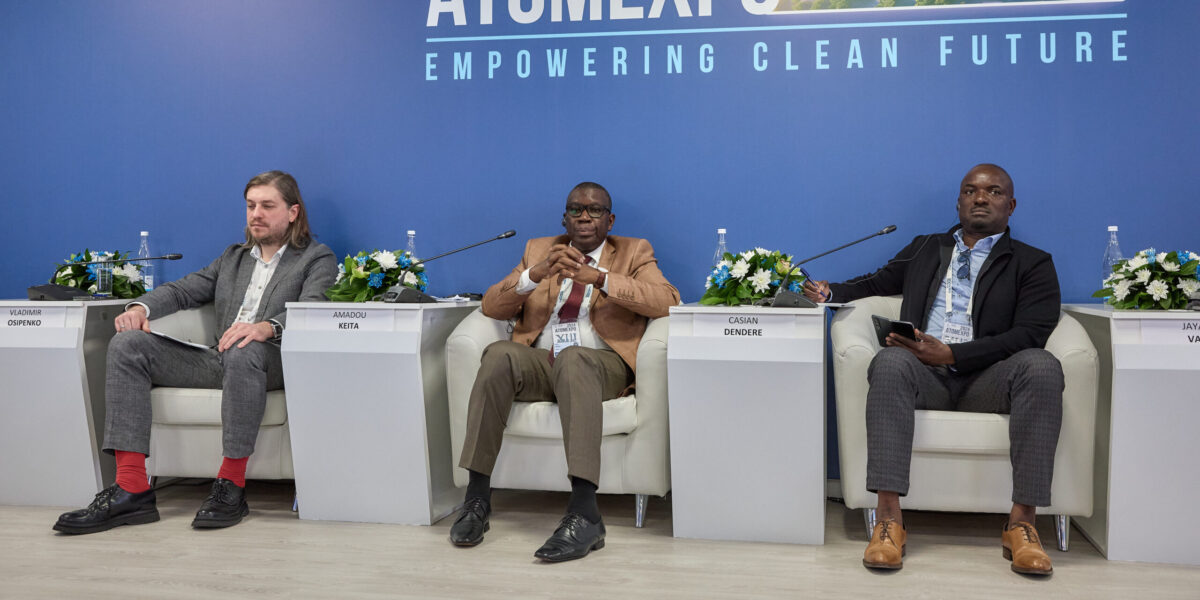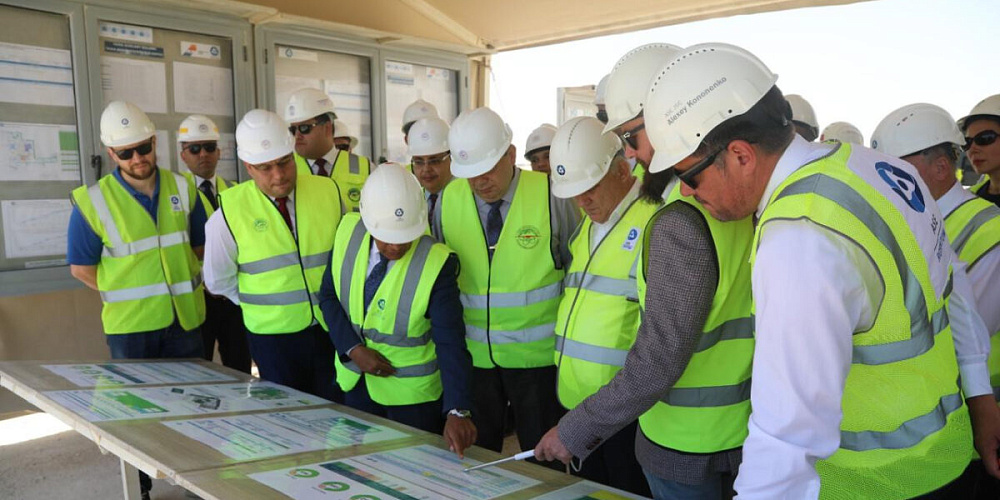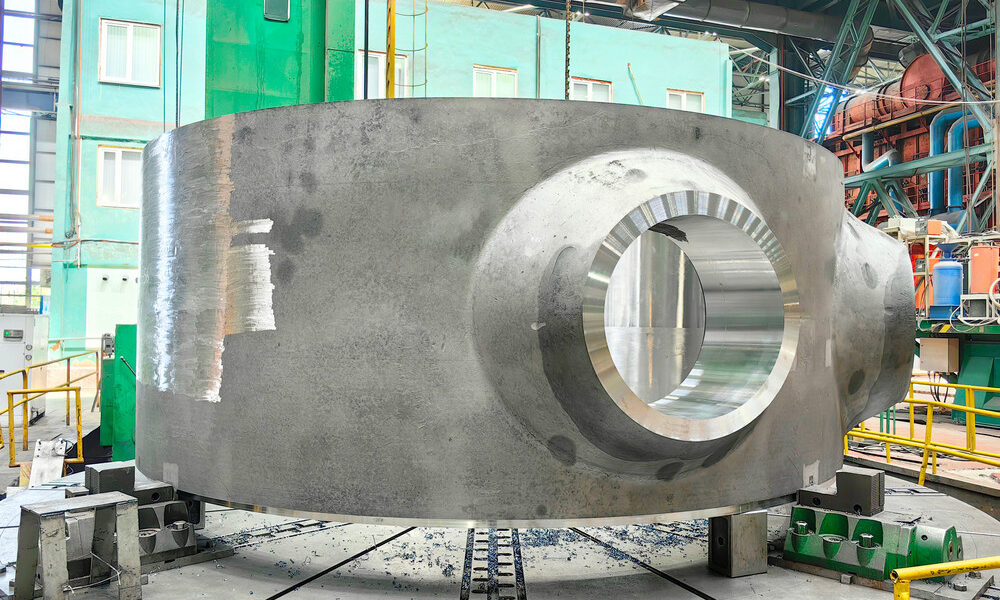Energy yield is an important factor in the life support of the population, which today, among other things, must meet modern standards of environmental protection and rational environmental management. The commissioning of the 2nd stage of the Trunovskaya WPS is another proof of the true path of green energy development in Stavropolsky Krai and the south of Russia. And these are not just words. Today the law provides for categorization of all facilities depending on the degree of negative environmental impact (NEI): fr om those with significant impact (NEI Category I) to those with minimal impact (NEI Category IV). And traditional energy facilities (with a capacity of 95 MW similar to the Trunovskaya WPS), according to the Criteria established by the RF Government Decree No. 2398 dated 31.12.2020, belong to NEI Category II facilities. At the same time, there are no emissions of pollutants into the air and discharges of pollutants in wastewater, which allows to refer them to NEI Category IV facilities – potentially non-hazardous. Of course, any interference in natural processes has its consequences (by the way, not always negative). In order to make a forecast of ecosystem development in the area wh ere the facility is located, it is necessary to arrange eco-monitoring, including to identify the dynamics of biota development and related processes. But first of all, we are talking about the fact that the commissioning of WPS leads to a reduction in the carbon footprint of energy yields and a reduction in the overall chemical pollution of natural components. And in this respect, the efforts of the Wind Energy Division of the State Atomic Energy Corporation Rosatom (Rosatom) are a worthy example of implementing the principles of sustainable development of territories and green energy.

Yulia Mandra
PhD in Biological Sciences, Associate Professor, Corresponding Member of the Russian Ecological Academy




